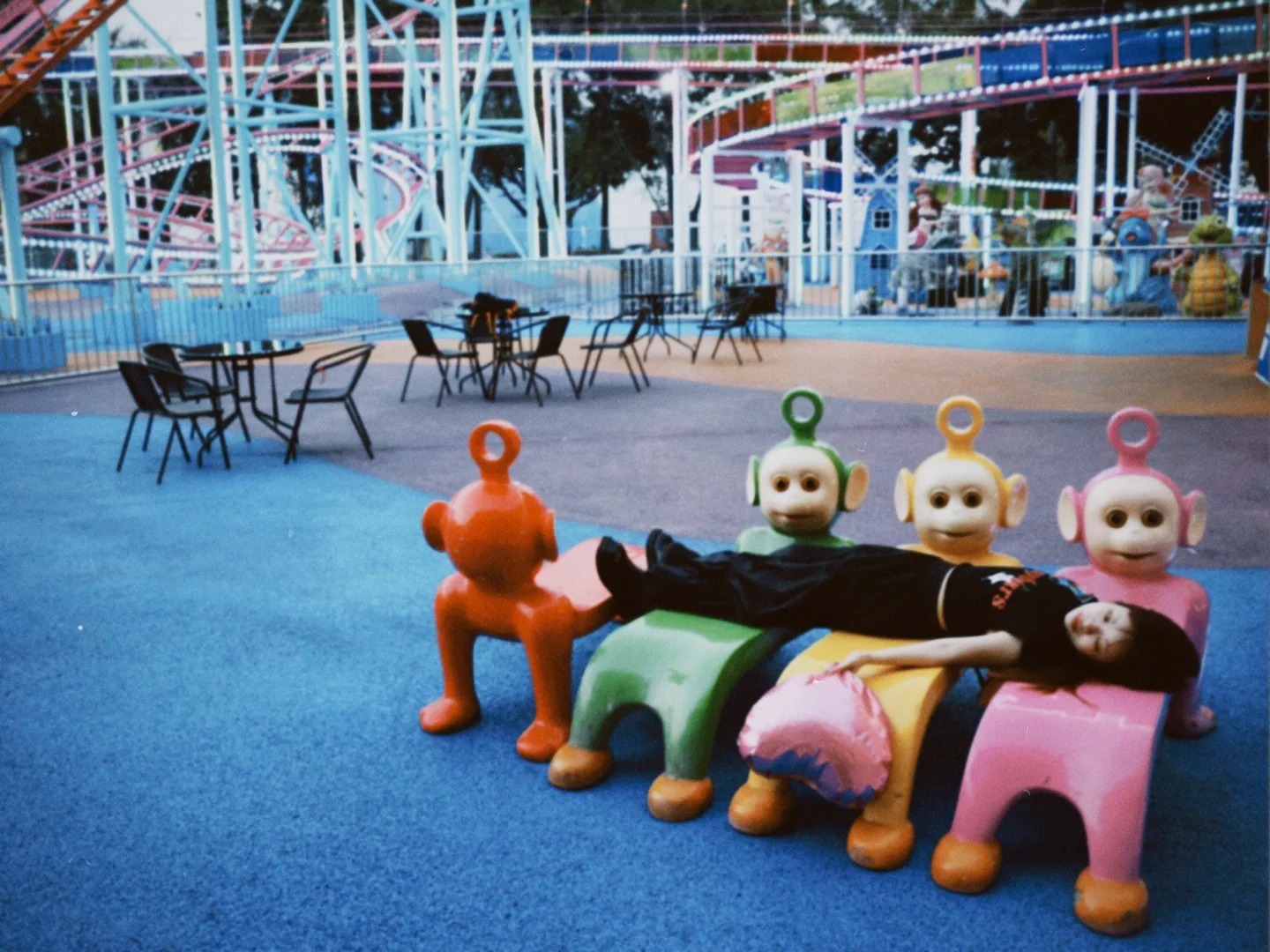Chinese social media has been overflowing with images of Pepe the Frog, also known as the “sad frog meme,” to the point that it’s now trending on microblogging platform Weibo. What’s happening?
Today is Qixi Festival in China, the so-called “Chinese Valentine’s Day.” As couples prepare to celebrate the festival together, singles have used Pepe the Frog to express their loneliness.

“I’m the frog your friends set up as your Qixi Festival date” (image: Weibo)
In the United States, Pepe represents an entirely different movement. In the run-up to the 2016 election, the meme became associated with the alt-right, and was repurposed on 4chan, 8chan, and Reddit to symbolize racist or offensive viewpoints.
In China, however, Pepe has become a general symbol for disillusioned youth — their frustrations and worries are conveyed through memes, and Pepe is a central figure. During the Qixi Festival, the sentiment is no different; young people face mounting pressure to succeed, as well as pressure from family to marry. It’s no wonder then that this festival of love has catalyzed an uptick in self-defeatism.
In addition, the sound frogs make — “guagua” (呱呱) — in Mandarin Chinese sounds similar to the word “lonely” (gugua, 孤寡), which people have used to poke fun at their single friends and at themselves.

“Lonely, lonely, lonely, lonely, lonely…” (image: Weibo)
The “Qixi frog” is even available as a virtual service on Chinese ecommerce platforms Taobao and Pinduoduo. Users can pay between 0.5RMB (less than 0.1 USD) to 100RMB (around 14.5USD) for pictures, text, and voice messages from the “lonely frog” for a set duration of time, according to Beijing News.
Related:
 From Lovers to Duck Demons, Unusual Virtual Services are Booming on the Chinese InternetIn China, fake boyfriends and unconditional compliments are at your fingertipsArticle Aug 11, 2020
From Lovers to Duck Demons, Unusual Virtual Services are Booming on the Chinese InternetIn China, fake boyfriends and unconditional compliments are at your fingertipsArticle Aug 11, 2020
Pepe’s popularity is part of a wider phenomenon in China known as “sang” (丧), which uses dark humor to explore feelings of detachment, apathy, and readiness to suffer. For young netizens, Pepe the Frog has become an easy way to comment on life’s disappointments.
So while the controversial frog’s place on the Weibo trending chart may raise some eyebrows in the US, rest assured: in China, it’s just another meme.
















